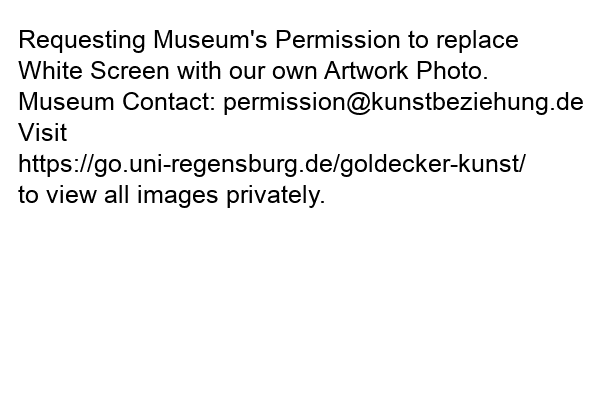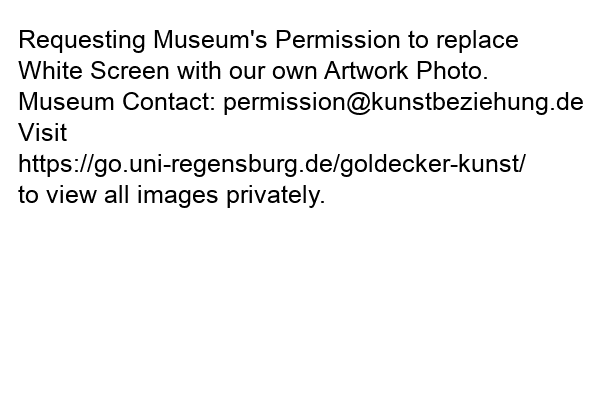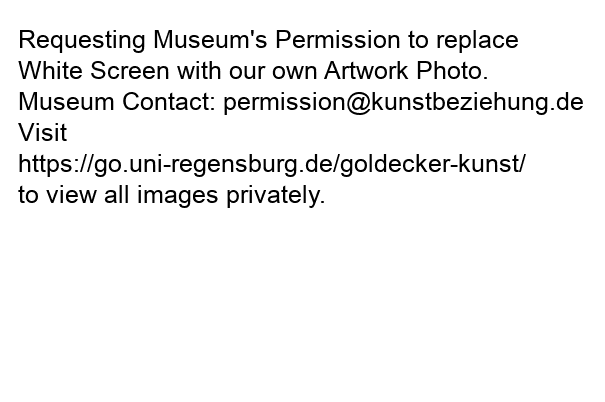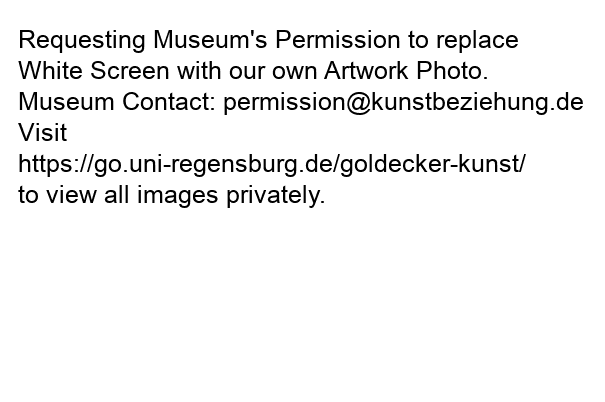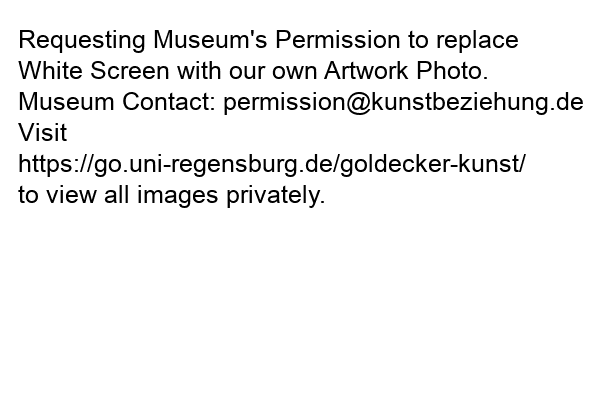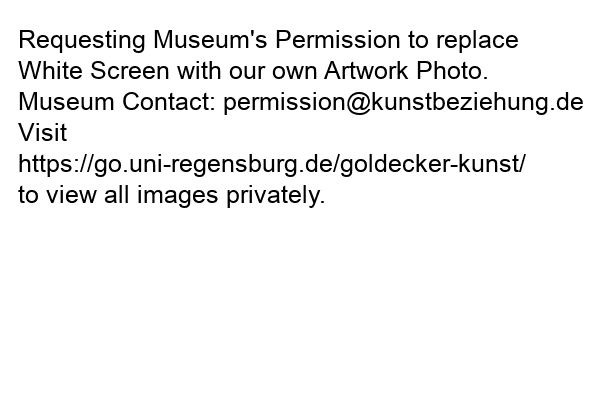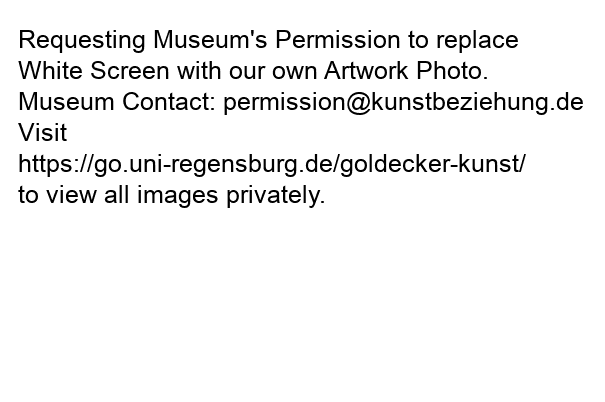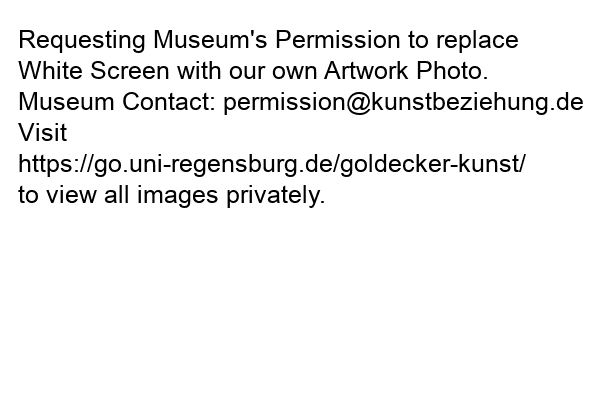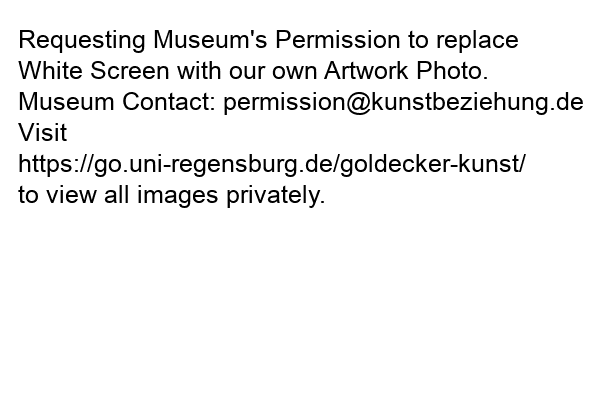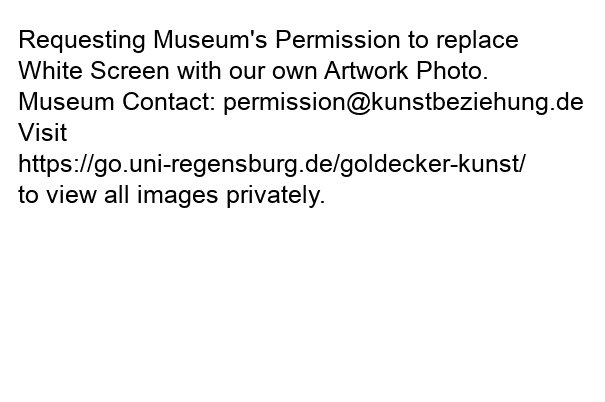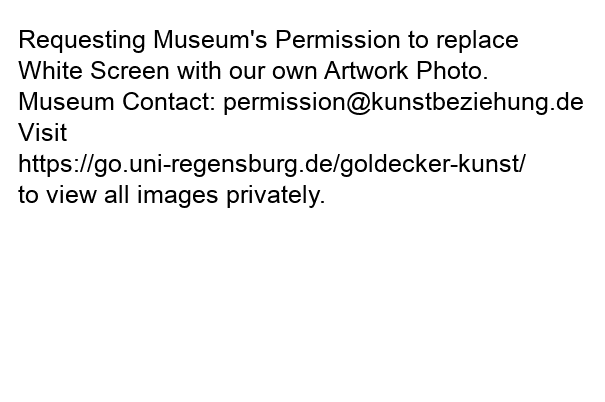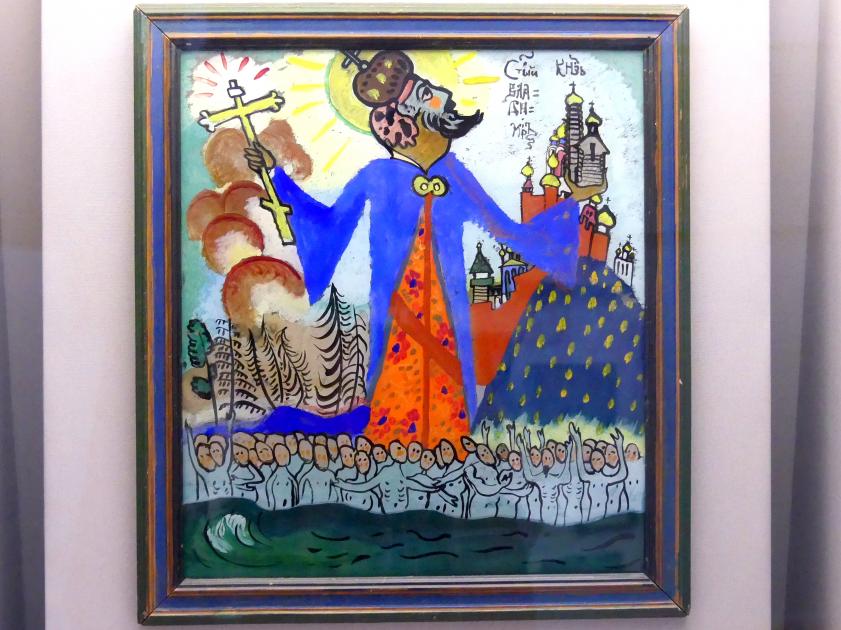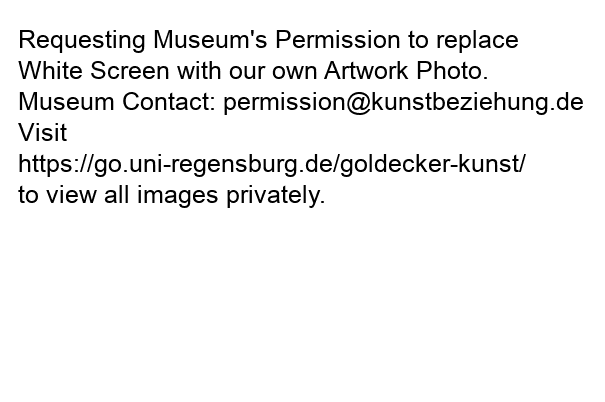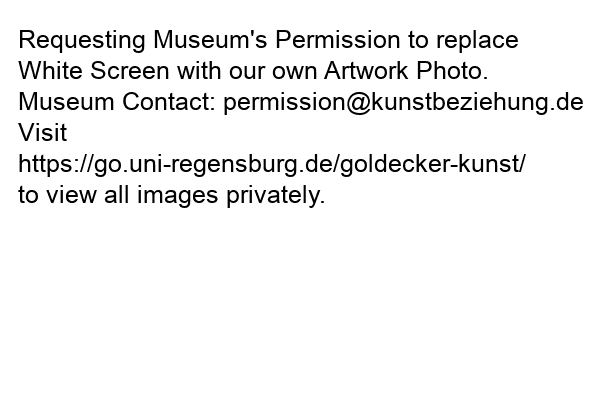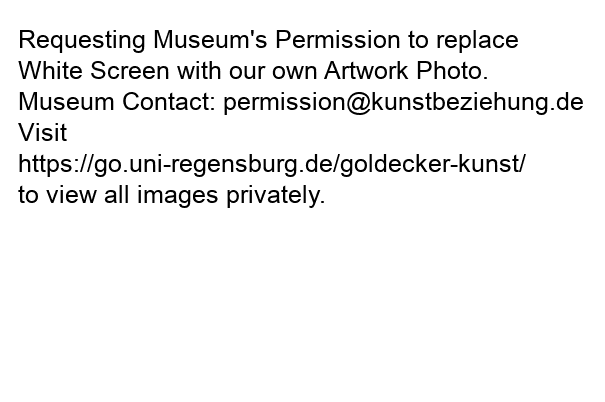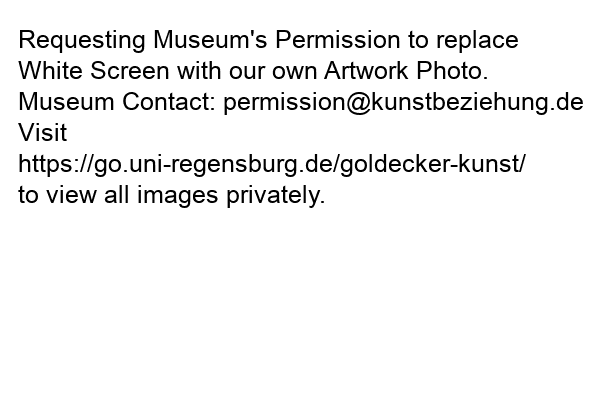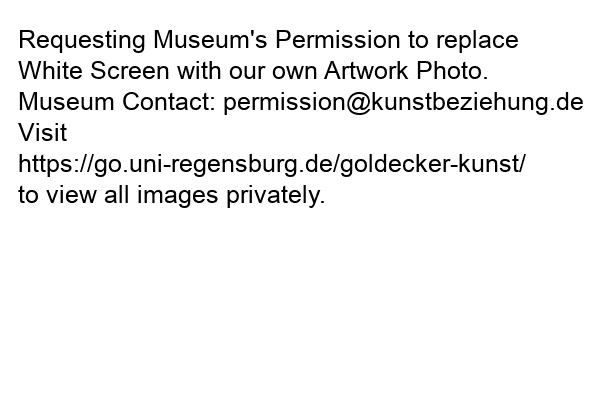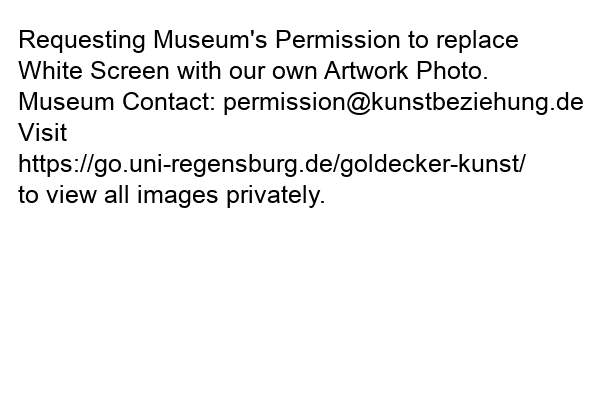Position München, Lenbachhaus
Bedeutende Künstler in München, Lenbachhaus, Saal 33 (1775–1911)
Künstler in München, Lenbachhaus, Saal 33
Franz Marc
1880 München - 1916 Braquis bei Verdun
Expressionismus (Deutschland), Expressionismus (München), Expressionismus (Berlin), Kubismus (Deutschland), Kubismus (München), Kubismus (Berlin), Post-Impressionismus (Deutschland), Post-Impressionismus (München), Post-Impressionismus (Berlin), Fauves (Deutschland), Fauves (München), Fauves (Berlin), Orphischer Kubismus (Deutschland), Orphischer Kubismus (München), Orphischer Kubismus (Berlin), Der Blaue Reiter
Gabriele Münter
1877 Berlin - 1962 Murnau
Heinrich Rambold
1872 - 1955
Nadežda Burljuk
1895 - 1967
Sigmund Rudl
1802 - 1864
Wassily Kandinsky
1866 Moskau - 1944 Neuilly-sur-Seine
Expressionismus (Russland), Expressionismus (Frankreich), Expressionismus (Deutschland), Expressionismus (München), Expressionismus (Paris), Expressionismus (Weimar), Japonismus (Russland), Japonismus (Frankreich), Japonismus (Deutschland), Japonismus (München), Japonismus (Paris), Japonismus (Weimar), Der Blaue Reiter, Münchner Künstlergenossenschaft, Abstraction-Création
Unbekannter Künstler
1700–1900
Unbekannter Künstler
1. Hälfte 19. Jhd.
Unbekannter Künstler
1. Hälfte 19. Jhd.
Unbekannter Künstler
Mitte 19. Jhd.
Unbekannter Künstler
Mitte 19. Jhd.
Unbekannter Künstler
1858
Unbekannter Künstler
2. Hälfte 19. Jhd.
Unbekannter Künstler
Ende 19. Jhd.
Unbekannter Künstler
Ende 19. Jhd.
Unbekannter Künstler
um 1900
Unbekannter Künstler
Beginn 20. Jhd.
Unbekannter Künstler
Beginn 20. Jhd.
München, Lenbachhaus, Saal 33 (Inventar-Nr. G 12191)
um 1910
München, Lenbachhaus, Saal 33 (Inventar-Nr. GMS 735)
um 1910
München, Lenbachhaus, Saal 33 (Inventar-Nr. GMS 127)
1911
München, Lenbachhaus, Saal 33 (Inventar-Nr. GMS 723)
1911
Die Volkskunstsammlung von Münter und Kandinsky und der Almanach "Der Blaue Reiter"
München, Lenbachhaus, Saal 33


